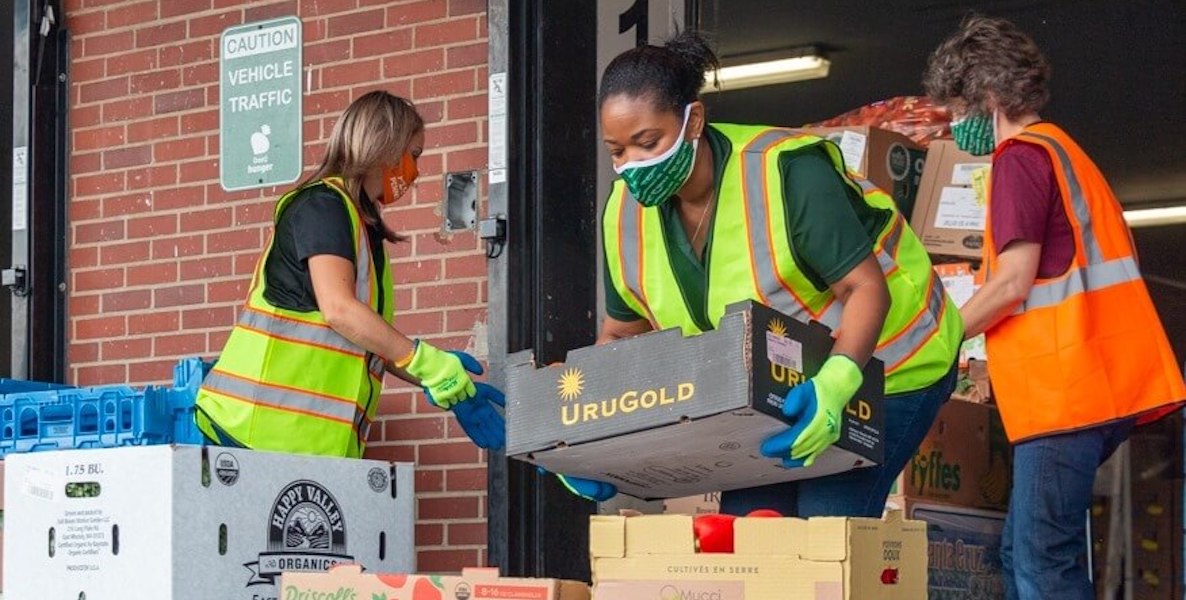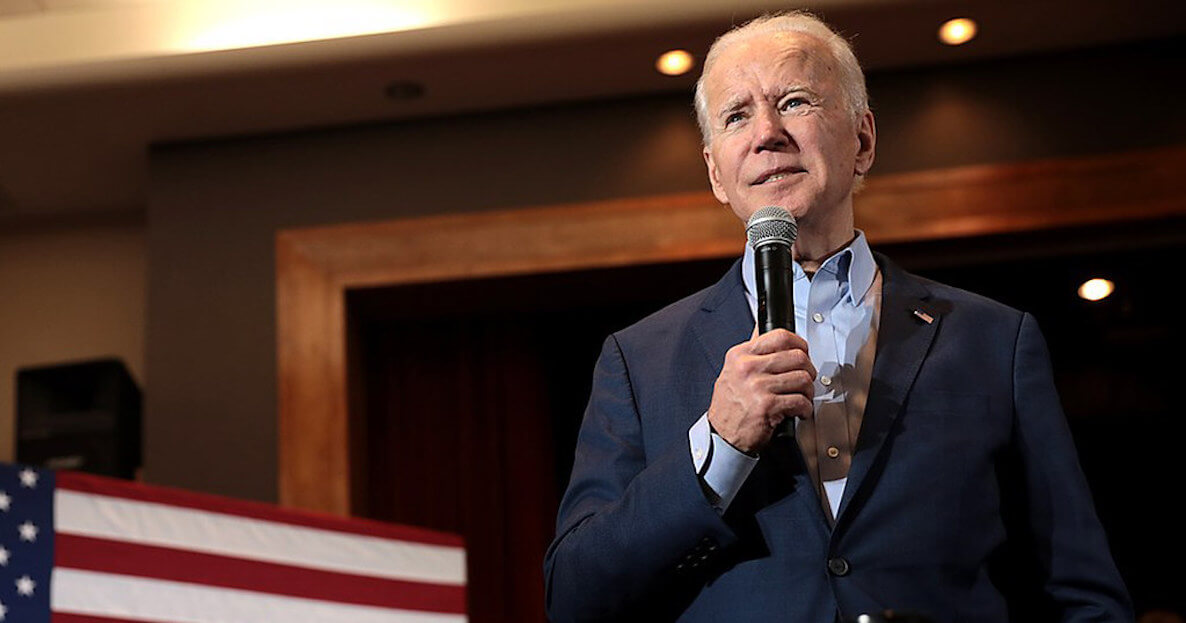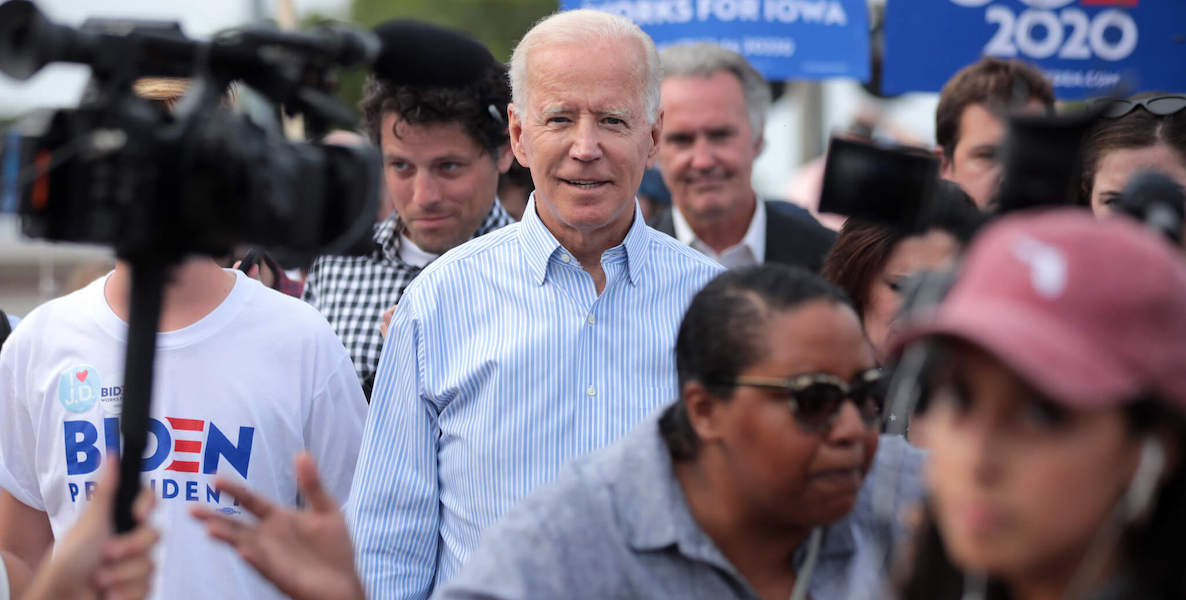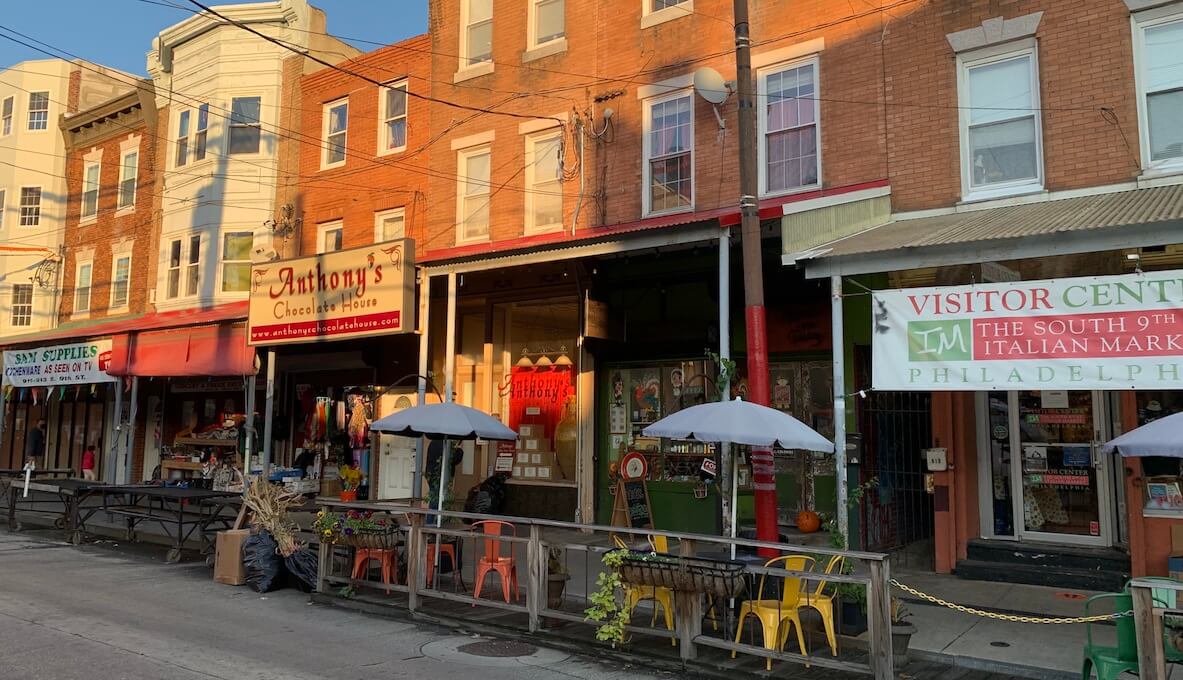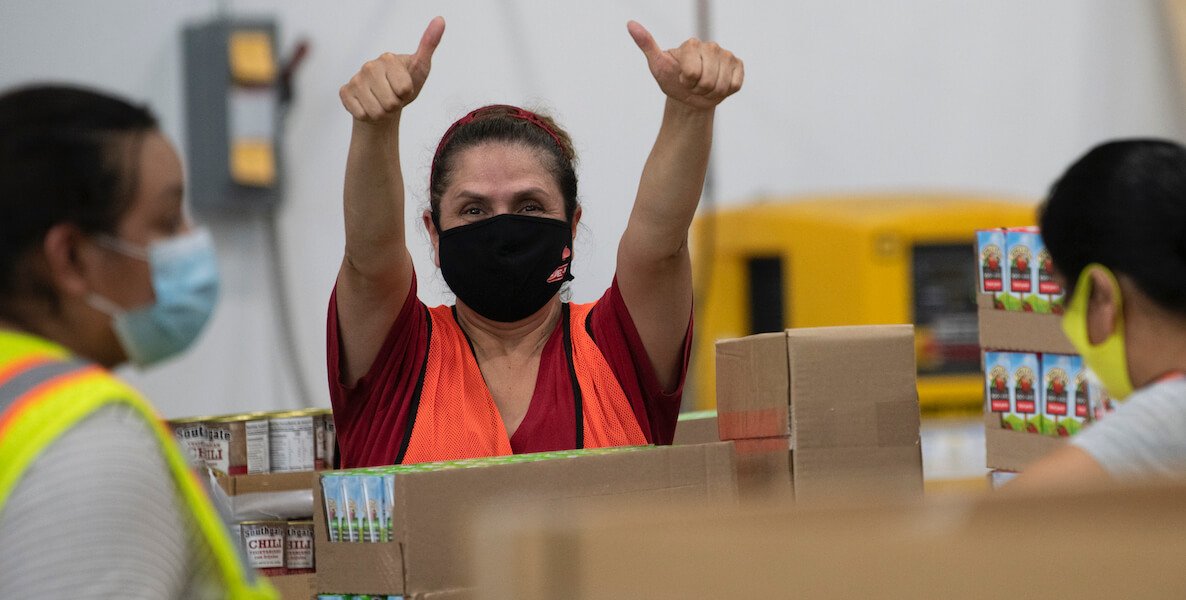On Wednesday, President Biden signed the $1.9 trillion American Rescue Plan (ARP). The scale of intervention is historic and unprecedented as befits the devastating impact of this global pandemic.
We now shift from legislation to execution—from design to delivery. There’s a lot in the bill, including substantial flexible resources sent directly to City and County Halls. The question for cities, metros and counties now is a big one: How can communities deploy the ARP in the most efficient and equitable manner?
The American Rescue PlanCheat Sheet
First, what’s in the package?
In the flurry of drafts moving back and forth between the President’s proposal, the House, and the Senate, one could be forgiven for losing track of some of the provisions in this bill. There are a few key federal-to-local investments that are especially relevant for local economic leaders (a full summary can be found here):
- $350 billion for state and local relief. States, Tribes and territories will receive $220 billion as flexible block grants. Cities and counties will receive $120 billion in flexible block grants and an additional $10 billion in formula infrastructure grants. For cities, relief funds will be distributed through the Treasury according to a modified community development block grant formula (but, importantly, CDBG rules will not apply). The National League of Cities has put together a spreadsheet of estimated distributions along with an explanation of their methodology.
- $170 billion for schools. K-12 schools will receive $123 billion through formula grants to state education agencies. Individual school districts must use at least 20 percent of funds to address learning loss; the remainder can be used for operations, staff, infrastructure and a wide variety of other uses. In addition, $40 billion will go to higher education institutions, $3 billion will go to the Individuals with Disabilities Education Act and $2.7 billion will go to governors for disbursement to private schools. An additional $7 billion in the package will provide e-rate connectivity grants to schools and public libraries via the FCC.
- $50 billion for small business relief largely administered by the SBA. This includes an additional $7.25 billion for the Paycheck Protection Program, $15 billion for EIDL advance grants, $28.6 billion in grants for food service businesses, $1.25 billion for arts and culture venues, and a $175 million “community navigator” pilot program to support initiatives like which we’ve written about previously. Significantly, $10 billion was allocated for the State Small Business Credit Initiative, which will be administered by the Treasury Department.
- $40 billion in direct child care relief funding. There will be $15 billion for the Child Care and Development Block Grant program, $24 billion for a child care stabilization fund and $1 billion to Head Start. In addition to providing help for working parents, this funding represents a vital provision for Black-owned businesses given that a significant proportion are in the childcare sector.
- Additional local aid through competitive and formula grants. In addition to the programs above a non-exhaustive list of some other programs includes: $3 billion, made available through EDA until September 2022 for economic adjustment assistance, with 25 percent set aside for places experiencing tourism-related losses; $30 billion in formula grants distributed by the FTA for public transit agencies; and $510 million appropriated to FEMA for emergency food and shelter grants, among many other investments.
- And there’s much more. There are a wide variety of provisions, big and small, focused on individual relief that will help with the demand-side of an equitable economic recovery, including: the much discussed $300 per-week unemployment insurance extensions through September; $1,400 checks to individuals; expanded eligibility and a one-year 80 percent increase in the Child Tax Credit distributed monthly (typically dispersed as an annual lump sum); $30 billion in emergency rental assistance; $10 billion for mortgage assistance; and funds for vaccine distribution and Covid testing, hospital bailouts and multi-employer pension bailouts, among other uses.
State and local relief details
The money to state and local governments is substantial and primarily focused on fiscal relief. That is, it is intended to replace lost, delayed or decreased revenue as a result of the Covid-19 emergency. While the fiscal situation on the ground varies from state to state and jurisdiction to jurisdiction, state and local governments have had to freeze hiring and cut services and jobs—resulting in a 5 percent decline in state employment over 2020.
States dependent on energy and tourism and cities dependent on income or wage taxes (like New York and Philadelphia) have suffered the most severely. Given the unpredictability of central business district recoveries, federal relief funds are also an important hedge against potentially devastating revenue losses later this year and into next year.
“Cities, counties and states must take an ecosystem approach to small business growth and business district regeneration. They must move from a history of siloed transactions to a cohesive system of transformation.”
Yet the impacts of Covid extend far beyond lost tax revenues, individual and family-level impacts and the specialized areas of focus of the American Rescue Plan. To that end, federal aid to state and local governments intentionally anticipates the need to address economic, health and social challenges that align with disparate needs and priorities. This puts extraordinary pressure on local leaders to clearly define their local priorities and deliver results that meet them.
Rules and details
Sign up for our newsletterDon't miss out
- Responding to the negative impacts of the Covid pandemic, including assistance to households, small businesses, and nonprofits as well as aid to affected industries such as tourism, travel, and hospitality;
- Providing government services previously cut due to pandemic-related revenue shortfalls, and;
- Making needed investments in water, sewer, or broadband infrastructure.
Funds explicitly cannot be used to compensate for reductions in taxes or to invest in pension funds.
The bottom line: It is anticipated that many cities, counties and states will have flexible funding to deploy after they fill their budget holes. They will also have broad latitude to use it. In our view, such state and local investments should:
Be consistent with statutory intent—As mentioned above, flexible funding should address health and economic issues exacerbated by pandemic (after it has filled fiscal holes and prevented layoffs).
Leverage collective impact —There are many sources of federal-to-local investments in the American Rescue Plan. Cities and metros should find ways to weave together various investments in order to achieve a whole that’s greater than the sum of its parts. Doing so will require: (1) an understanding of available federal investments and potential local recipients; and (2) the capacity to deploy these investments in a coordinated fashion.
Build distributional capacity—During the third round of PPP in December, stakeholders in Philadelphia created an innovative PPP Prep program to strengthen connections between small businesses, entrepreneurial service organizations and capital providers. Cincinnati is building a “regeneration alliance” to coordinate recovery across existing business and community development organizations, different geographies and commercial corridors within Hamilton County. In both cases, visionary local leadership across sectors is seeking to blend public investment with philanthropic contributions and civic leadership to build community capacity. Innovations like these must become the norm.
Build to last—The PPP unveiled the weak ecosystem in place to support Black-and Latinx-owned businesses (for more on the effects of this, see our recently released Small Business Equity Tool). But this ecosystem is just one case among many where local support structures were either inadequate to begin with or atrophied over decades. In responding to the Covid-19 crisis, local leaders must focus on building strong and capable intermediaries with community standing that can have positive impact in the near-term and persist after the immediate recovery period to drive equitable growth for years to come.
Allocating ARP Funds: A framework
As cities explore options for allocation of ARP funds, there will be multiple justifiable demands for local action. The impact of this pandemic runs broad and deep. For purposes of this missive, it is instructive to consider how cities, counties and states might structure investments in Black- and Latinx-owned small businesses and neighborhood business districts as a response to the dual crises of the pandemic and racial inequity. This is but-one of the uses for these funds (investments in neighborhoods, social support networks, homelessness alleviation and much needed infrastructure, among many other needs should also be considered).
“In many places, capacity building must be a regional exercise that deliberately focuses on pockets of distress, not an effort bounded artificially by municipal boundaries.”
Although it is just one use, support for small business is a vital use of federal funds as cities seek to close—rather than widen—the racial wealth gap coming out of the pandemic. The Great Recession and subprime mortgage crisis in 2008-2009 wiped out fully half of Black intergenerational wealth in the U.S.
Without targeted use of federal resources and intentional local action, the Covid-19 crisis will have the same impact, driven this time through disparate impacts on small businesses. As our previous reports and writings have shown, the pandemic revealed the fragility of Black- and Latinx-owned small business support systems.
Firms owned by Black and Latinx entrepreneurs tend to be small in size and revenue, minimally involved in digital commerce and highly concentrated in sectors that are vulnerable to economic contractions (e.g., child care, restaurants, construction, personal services).
As federal relief rolled out in 2020, it became clear that these enterprises were less likely to have pre-existing banking relationships and thus less likely to use the Paycheck Protection Program and more likely to face permanent closure as a result of the pandemic.
The devastating impact on Black- and Latinx-owned small businesses has had a domino effect, rippling outwards to Main Streets and neighborhood business districts where such businesses tend to locate and to the surrounding neighborhoods writ-large. The ARP makes substantial investments in individuals and those facing poverty (who tend to live in distressed neighborhoods). However it has left local leaders to decide how best to invest in the places and networks that support those individuals.
On post-pandemic recoveryRead More
Strategic allocation of ARP funds in businesses and neighborhoods will require five distinct but related areas of focus: (1) Focus on the System; (2) Build Capacity; (3) Leverage; (4)Transact; and (5) Innovate. These five focal points represent a framework that can be expanded to other pressing issues as well.
- Focus on the System: Take an ecosystem approach
As we elaborate in our recently released Inclusive Recovery playbooks, cities, counties and states must take an ecosystem approach to small business growth and business district regeneration. They must move from a history of siloed transactions to a cohesive system of transformation. The tech industry has benefited tremendously from strong ecosystems of universities, corporations, investors and entrepreneurial support organizations that advise, mentor and capitalize (majority white) innovative technology firms.
By contrast, the ecosystem for growing Black- and Latinx-owned small businesses is thin, under-capitalized, and dependent on government and nonprofit support. Our argument is quite simply that the ecosystem approach that characterizes the tech industry should be expanded upon to include a more representative array of participants, industries and neighborhoods.
The overarching objective of small business-oriented relief and recovery investments must be to create strong ecosystems that give small businesses and entrepreneurs (irrespective of sector) ready access to information, customers, services, capital and locations. To support and bring back the small, Black-owned and Latinx-owned businesses that have been devastated by the pandemic (a clear intended use of the American Rescue Plan money to cities) ecosystems should:
- Maintain real-time information on the number, size, sector, owner demographics, and median wage of small businesses in general and MWBEs in particular;
- Use anchor purchasing demand (and the demand flowing from public spending) to grow the number and size of local vendors, particularly Black-, Latinx- and women- owned businesses, that can meet these needs;
- Identify, nurture, mentor and assist firms working to develop intentional business strategies and create back-office infrastructure to help small businesses thrive and scale;
- Provide quality capital, both debt and equity, that is fit to purpose and aligned with the needs of small businesses in different sectors and stages of growth;
- Manage and market the business districts and commercial corridors where many small businesses co-locate; and
- Help grow the presence of Black- and Latinx-owned businesses in sectors that offer quality jobs and potential for wealth building.
Ecosystems, in short, matter. As PPP showed, financial products, no matter how well designed or delivered, will not be sufficient to bring back what has been lost.
- Build capacity: Create intermediaries that can get stuff done
Cities, counties and states should create intermediaries with the capacity, capital and community standing to drive the growth of Black- and Latino-owned small business growth. In concrete terms, that means multi-year operations support for critically needed intermediary organizations. The four-year duration of the flexible funding to cities and counties enables this multi-year approach. We offer several examples:
- A Supplier Diversity Intermediary that can match up the demand side (e.g., purchasing of goods and services), the supply side (e.g., formation and growth of local vendors) and capital access in ways that are synergistic and sustained. Such an intermediary could collect baseline information on the number, scale and sector of underserved and underrepresented businesses in order to set concrete goals for inclusive reach and impact. The Philadelphia Anchor for Growth and Equity (PAGE) is one emerging model that could be adapted and adopted in other cities.
- Entrepreneurial Support Organizations that help Black- and Latinx-owned small enterprises create strategic business plans, find mentors and access quality capital, customers and affordable back-office support. These entities can help small businesses improve their operations and fiscal management in accounting, borrowing, leasing, legal, tax, hiring, technology, marketing and customer and supplier relationships. We have written before about two best-in-class organizations, Cincinnati’s Minority Business Accelerator and Philadelphia’s Enterprise Center. Other key players in this space include business chambers, Historically Black Colleges and Universities, the Urban League and specialized non-profits with deep connections in the communities served. Funding may be available through the SBA’s newly-emerging “community navigator” pilot program which received $175 million in the American Rescue Plan.
- A Regeneration Alliance that can build on the rich and textured web of institutions and intermediaries already supporting commercial corridors, including merchant associations, community development corporations and business improvement districts as well as business chambers and support organizations, banks, community development finance institutions, microlenders, universities, corporations, philanthropies, and urban land banks. We have written before about cross-sector local leaders in Cincinnati working to establish the Cincinnati Regeneration Alliance. The Alliance is intended to serve as a stakeholder coordinating council to ensure that small business recovery is geographically equitable and that local Coronavirus Relief Fund money is spent effectively.
- Back-bone organizations that can connect the dots between all players in the ecosystem. The University of Buffalo Regional Institute (UBRI) plays this critical role in the impressive Buffalo East Side Initiative, supported with seed funding from the State of New York as part of the Buffalo Billion effort.
As capacity gets built, the geography of the effort must be an intentional design feature. In many places, capacity building must be a regional exercise that deliberately focuses on pockets of distress, not an effort bounded artificially by municipal boundaries. It will be important for recipients of the funds to know that they can spend money to help people and businesses beyond the borders of their current geographies as it makes sense.
“While the federal investment is historic, cities, neighborhoods, blocks and households will be where the rubber hits the road in terms of the ability of this investment to deliver for the most distressed communities.”
- Leverage: Ensure that public resources catalyze private and civic investment
Supporting intermediaries can use their new found capacity to leverage substantial public and private resources.
- An effective Supplier Diversity Intermediary can put billions from anticipated forthcoming federal infrastructure spending in the service of growing Black- and Latinx-owned businesses. We have written about the models that are emerging in Chicago, Los Angeles and New York around airport, transit and port infrastructure. The mechanisms they use can now be broadly applied in order to achieve greater impact.
- Entrepreneurial Support Organizations can leverage SBA and other federal financial products for large-scale impact. We have written before about The Enterprise Center’s PPP Prep program that connects small enterprises to bookkeepers, lawyers and accountants for financial paperwork and to banks and other lenders for actual loans. Programs like these will likely qualify for “community navigator” funding to support their operations, once the SBA has sorted out eligibility.
- A Regeneration Alliance can weave together bank debt, philanthropic grants, federal tax incentives, private equity investment and federal community development programs for the regeneration of commercial corridors and business districts.
- Back-bone organizations like UBRI have successfully leveraged philanthropic support as well as private financial investment.
In all these cases, one dollar of funding for capacity-building to support professional staff and technology driven operations and accountability on the front end can leverage anywhere from $50 to $100 and more in public, private and civic financing—producing returns that are much larger than the initial investment.
- Transact: Focus on capital investments on overlooked priorities
Cities, counties and states can use federal ARP funds to make direct capital investments in areas that have been inadequately covered by federal relief to date. For example, this funding may provide an opportunity for cities to address some of their most chronic problem properties coming out of the pandemic. Neighborhood business districts in many cities and counties across the country suffer from decades of disinvestment. The impact of Covid on these communities has been significant, often amplifying the stresses they were already underway and increasing commercial and residential vacancies.
Public or quasi-public acquisition and redevelopment of residential and commercial buildings could contribute positively to the neighborhoods in a multitude of ways. These span from addressing the current problems (preventing a downward spiral in property values) to building a more inclusive post-pandemic economy (creating attractive locations at reasonable costs for Black- and Latinx-owned businesses and adding substantially to affordable housing stock to expand “the 15 minute city” to predominantly Black and Latinx neighborhoods).
- Innovate: Build new financing and business models for equitable recovery
Cities, counties and states can test new business and financing models to ensure that entrepreneurs restart and grow their companies with capital and supports that are fit to purpose.
- A Regeneration Alliance, akin to the one that Cincinnati is implementing, could provide shared services for small businesses located along the same commercial corridor (or even across several business districts). Many places already do this to an extent by providing joint marketing and branding efforts for an entire business district. In addition to this more conventional form of business support, the intermediary would also assess small business needs and procure goods and services that all businesses require. Such an organization could also secure high-speed internet access for all businesses and work with businesses to design their own websites and set up digital sales processes. Beyond these common services, these intermediaries could provide back-office functions for individual businesses (e.g., legal, accounting, tax payments) as well as access to potential workers.
- A Regeneration Alliance could also explore novel uses of vacant buildings and abandoned spaces. Some interesting models, brought to our attention by our colleague Conrad Kickert, are emerging from the UK and Europe. For example, Meanwhile Space in London offers to pay vacancy taxes (and at times nominal rent) to vacant storefront owners, focusing on disadvantaged neighborhoods that suffer disproportionately from High Street vacancy. They select short-term tenants from a deep pool of applicants, not just by their business smarts, but also by their social value for the neighborhood, and provide them with business coaching and support to navigate insurance, permitting and financing. A similar public-led model is emerging in The Netherlands, where the Streetwise Foundation brokers long-term retail leases to startup retail and foodservice entrepreneurs, which they select, coach, and connect to financing opportunities.
- Entrepreneurial support organizations and CDFIs must also explore new financial territory Depleted assets, ruined credit and diminished incomes mean that alternative financial products, beyond traditional debt products, will be needed for many startups and young firms. Cities could, for example, work with local asset managers (e.g., family offices, philanthropies, corporations) to pioneer opportunities for investments in funds that are testing new financial products (e.g., revenue-based financing, shared profit) to help historically underrepresented entrepreneurs start or re-start their firms.
Other innovative ideas abound. The Democracy Collaborative and CDFA have recommended the establishment of Local Economy Preservation Funds. The Milken Institute has proposed a Federal Predevelopment Fund for technical assistance grants and loans focused on critical community infrastructure. And ideas around Neighborhood Trusts and Community Equity Trusts — to enable business owners as well asneighborhoods to gain ownership of commercial real estate — are gaining traction.
Conclusion
The bottom line is that while the federal investment is historic, cities, neighborhoods, blocks and households will be where the rubber hits the road in terms of the ability of this investment to deliver for the most distressed communities. This will require hard organizing work and dedicated focus (we’ve previously outlined the organizing concept of stimulus command centers as a path forward).
We are currently in a topsy-turvy world where the capital in the system is outstripping the capacity to spend it in strategic, quick and effective ways. With more federal investment on the way distributed across an even wider array of intermediaries in the form of a a likely infrastructure package, our argument, simply put, is that investments in building capacity and modeling cross-sectoral behavior now can help city hall distribute funds in ways that prioritize the people, places and projects that have maximum impact for an equitable local recovery.
Bruce Katz is the Founding Director of the Nowak Metro Finance Lab at Drexel University. Colin Higgins is a Senior Research Fellow at the Nowak Metro Finance Lab.


